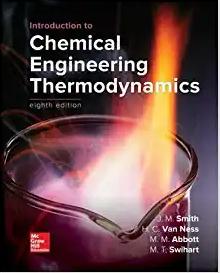Answered step by step
Verified Expert Solution
Question
1 Approved Answer
do solve this as soon as possible.its very imp for my exam. Figure 1 2. Consider the expansion of flow through multiple pipes into the

do solve this as soon as possible.its very imp for my exam.
Figure 1 2. Consider the expansion of flow through multiple pipes into the header (refer to Fig. 1). There are 50 number of steel tubes of inside diameter dp=0.025m of length L=1m. The diameter of header is Dh=0.25m. The average velocity of a Newtonian incompressible fluid (=1000kg/m3, =0.001Pas(kg/ms)) through each steel tube is u0=0.5m/s. (i) Derive an expression of P across section 1-2. Assume that the pressure at section 1 is uniform across the cross-section. (ii) Derive an expression for frictional loss (dissipation) per kg fluid flowing between section 1 and 2. (iii) The temperature of the fluid entering section 1(T1) is 30C and the temperature of the fluid leaving section 2(T2) is 50C. What is the rate of heat added per unit mass? The heat capacity of water is 4187J/(kgK).6+6+6=18 Figure 1 2. Consider the expansion of flow through multiple pipes into the header (refer to Fig. 1). There are 50 number of steel tubes of inside diameter dp=0.025m of length L=1m. The diameter of header is Dh=0.25m. The average velocity of a Newtonian incompressible fluid (=1000kg/m3, =0.001Pas(kg/ms)) through each steel tube is u0=0.5m/s. (i) Derive an expression of P across section 1-2. Assume that the pressure at section 1 is uniform across the cross-section. (ii) Derive an expression for frictional loss (dissipation) per kg fluid flowing between section 1 and 2. (iii) The temperature of the fluid entering section 1(T1) is 30C and the temperature of the fluid leaving section 2(T2) is 50C. What is the rate of heat added per unit mass? The heat capacity of water is 4187J/(kgK).6+6+6=18Step by Step Solution
There are 3 Steps involved in it
Step: 1

Get Instant Access to Expert-Tailored Solutions
See step-by-step solutions with expert insights and AI powered tools for academic success
Step: 2

Step: 3

Ace Your Homework with AI
Get the answers you need in no time with our AI-driven, step-by-step assistance
Get Started


